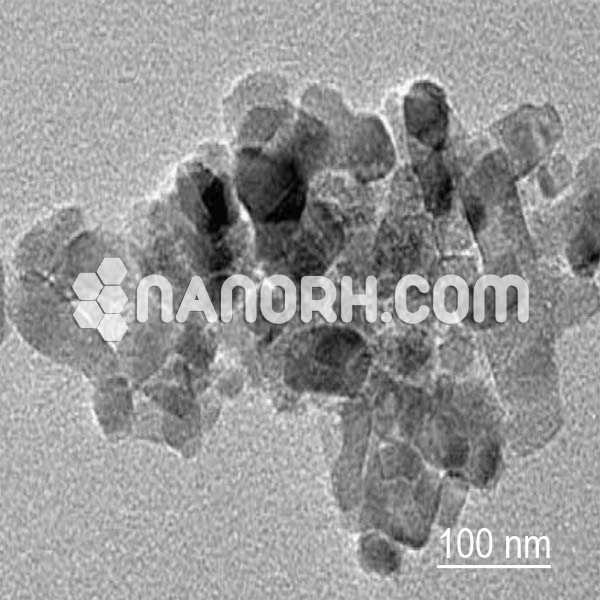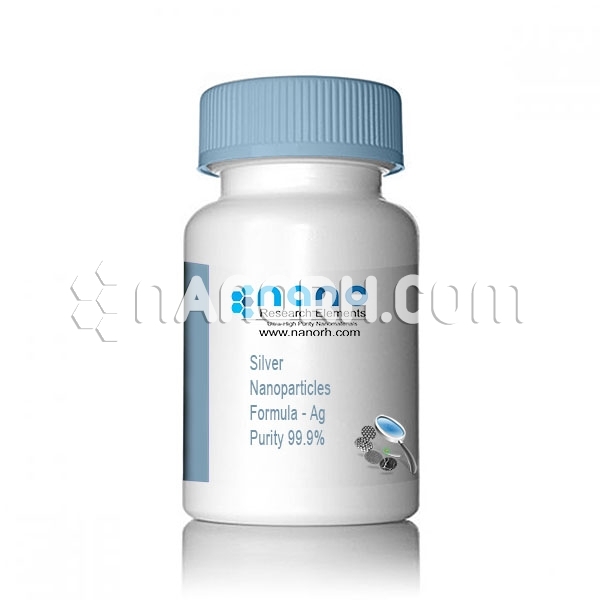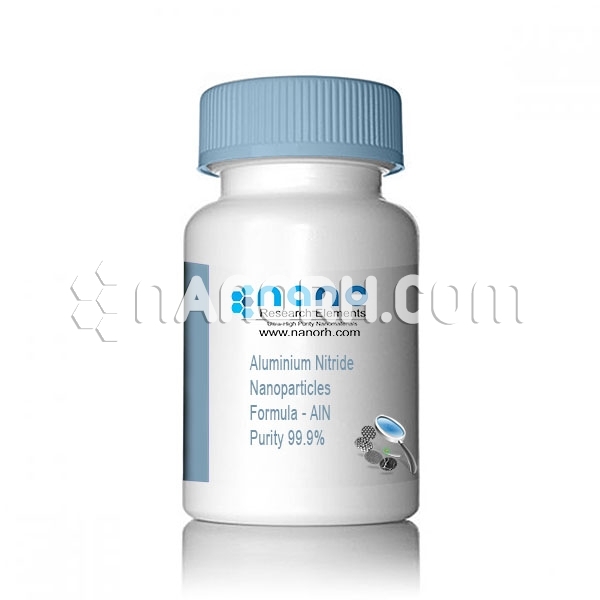| Vanadium Nanopowder / Nanoparticles | |
| Product No | NRE-1048 |
| CAS No. | 7440-62-2 |
| Formula | V |
| APS | <100nm (Can be Customized) |
| Purity | 99.9% |
| Color | Gray |
| Molecular Weight | 50.94 g/mol |
| Density | 6.11 g / cm 3 |
| Melting Point | 1910 °C |
| Boiling Point | 3407 °C |
Vanadium Nanopowder / Nanoparticles
Vanadium nanoparticles have a range of potential applications due to their unique properties and versatility. These applications span various fields, including materials science, energy storage, catalysis, and medicine. Here are some of the notable applications of vanadium nanoparticles:
Energy Storage:
Vanadium Redox Flow Batteries (VRFBs): Vanadium nanoparticles are commonly used in VRFBs, which are a type of energy storage system. VRFBs are known for their long cycle life, high efficiency, and scalability, making them suitable for grid-scale energy storage.
Catalysis:
Catalysts: Vanadium nanoparticles can serve as catalysts in various chemical reactions. They are particularly useful in oxidation and reduction reactions and can be employed in industrial processes such as the production of sulfuric acid and the selective oxidation of hydrocarbons.
Materials Science:
Superconductors: Vanadium nanoparticles can be used to develop high-temperature superconductors, which have applications in electronics and power transmission.
Coatings: Vanadium nanoparticles can be incorporated into coatings to provide enhanced wear resistance and corrosion protection for various materials.
Environmental Remediation:
Water Treatment: Vanadium nanoparticles can be used to remove contaminants from water, such as heavy metals, organic pollutants, and arsenic. They can act as efficient adsorbents or catalysts in wastewater treatment processes.
Biomedical Applications:
Drug Delivery: Vanadium nanoparticles can be functionalized and used as drug carriers, allowing for targeted drug delivery to specific cells or tissues in the body.
Imaging: Vanadium nanoparticles can be used as contrast agents in medical imaging techniques like magnetic resonance imaging (MRI).
Theranostics: They have the potential to combine diagnostic and therapeutic functions, enabling real-time monitoring and treatment of diseases.
Nanoelectronics:
Vanadium nanoparticles can be integrated into electronic devices, especially in the development of nanoscale transistors and sensors.
Fuel Cells:
In fuel cell technology, vanadium nanoparticles can be used as catalysts, improving the efficiency of energy conversion processes.
Photocatalysis:
Vanadium nanoparticles can be employed in photocatalytic applications, such as water splitting for hydrogen production and environmental pollutant degradation under light irradiation.
Solar Cells:
Vanadium nanoparticles can enhance the performance of solar cells through their ability to absorb and convert sunlight into electricity.
Electrochromic Devices:
Vanadium nanoparticles can be utilized in electrochromic materials, allowing for the development of smart windows and displays that can change their optical properties in response to an electrical stimulus.




